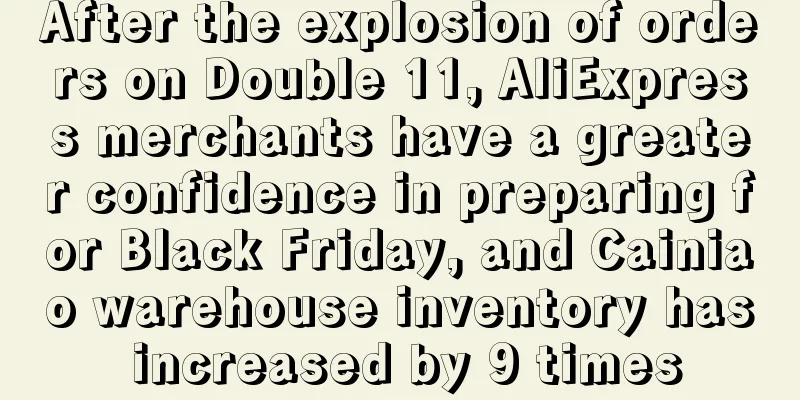The global e-commerce market is growing strongly, and social commerce may become a new trend

|
According to the latest data from Digital Commerce 360, in 2020, when the COVID-19 pandemic ravaged the world, global consumers' online shopping spending reached US$4.29 trillion, up from US$3.46 trillion in the previous year.
According to data released by the U.S. Department of Commerce on Thursday, online shopping sales in the U.S. reached $211.7 billion in the second quarter of this year, a slight increase of 9.3% from $193.62 billion in the same period last year. According to relevant analysis , nearly $1 in every $5 of retail purchases in the second quarter came from digital orders.
The pandemic has greatly promoted the development of e-commerce . In 2020, many offline stores were closed, and people had to shop online , which led to many people making their first online purchases in their lives .
Global e-commerce market sales increased by 24.1% year-on-year, an increase from the 17.9% growth in 2019, with most of the sales coming from e-commerce platforms.
Some industry insiders believe that in today's consumer transformation period, the real world and the digital world will be more intertwined . E-commerce uses live broadcasting, recorded broadcasting and other methods to build a bridge of communication with customers through the screen , thus providing consumers with a new shopping experience of "the world is like a neighborhood". With the development of 5G, this integration will surely go on steadily and far.
For example, e-commerce companies can live broadcast offline events on their social media accounts to make it easier for fans who cannot attend the events in person to participate . Live broadcast hosts can release and introduce new products , disclose the latest store information, and launch new events through live broadcasts to continuously stimulate consumers' desire to shop .
These methods can allow shoppers to experience the joy of shopping even without leaving their homes , and the convenience of e-commerce will eventually attract them to patronize online stores or independent websites .
By comparing the consumption time generated by different online and offline consumption methods, it is not difficult to find that if the consumption behavior occurs on social media , the time required for consumers to complete the purchase is significantly shorter . The shortened consumption time stimulates the increase in consumption behavior. At the same time, the extremely short consumption time also avoids customer loss caused by consumers being attracted by similar competing products during the consumption process.
In the future, as social commerce continues to mature and leverages the rapid development of the world's e-commerce market, the tools and related functions that social media can provide to e-commerce sellers will continue to develop and improve , and the work efficiency and consumer participation of online e-commerce will also be greatly improved . Independent website operations Cross-border e-commerce market |
<<: Nuvemshop raises $500 million to continue expanding into Latin America!
Recommend
New trend! Demand for "elderly toys" soars, and the blue ocean market will explode
Toys have always been considered exclusive to chi...
Profits are less than advertising costs, Amazon sellers: blood pressure soars!
Amazon has never stopped its rectification effort...
Major US footwear DTC brands grew 33% in Q3 to $62.7 million!
According to the latest news, Allbirds, a major A...
Is the market completely collapsed? This category still has unlimited business opportunities
In early August , data from the German Federal St...
What is Yunquna? Yunquna Review, Features
Yunquna is a platform under Shanghai Huihang Jiexu...
Brazil's Olist prepares for IPO after raising $23 million
Existing backer Redpoint Events, which first inve...
Augmented Reality Shopping: The Next Trend in E-Commerce Development
When hearing the term Metaverse , many people thi...
What is PledgeMusic? PledgeMusic Review, Features
PledgeMusic was launched in 2009 and is the most ...
What is Siilu? SiiluReview, Features
Siilu is a professional e-commerce service docking...
What is sandriver? sandriver Review, Features
Sandriver is a Chinese high-end fashion cashmere b...
Product selection: Second-hand clothing may be an important direction for independent websites in the future
According to foreign media reports , the report s...
Prime Day may be scheduled for July? Hot-selling product selection predictions are coming
For Amazon sellers, the best time of the year to ...
What is AiDiAi? AiDiAi Review, Features
Aidi, namely Hangzhou Aidi International Freight ...
Consumer loyalty to Amazon is increasing year by year
According to market research firm Consumer Intell...
What is ShopGo? ShopGo Review, Features
ShopGo is a local e-commerce service system in th...









